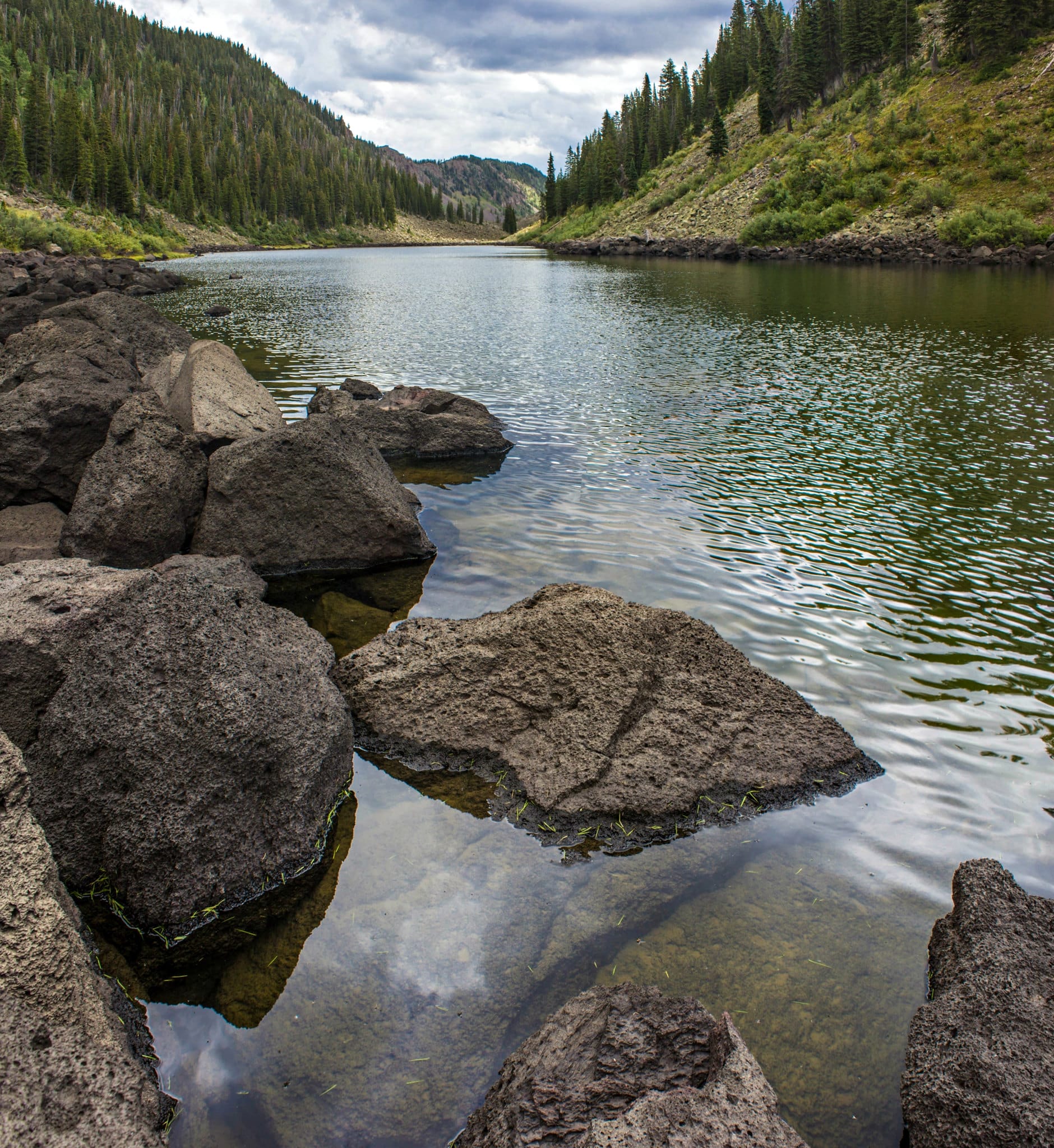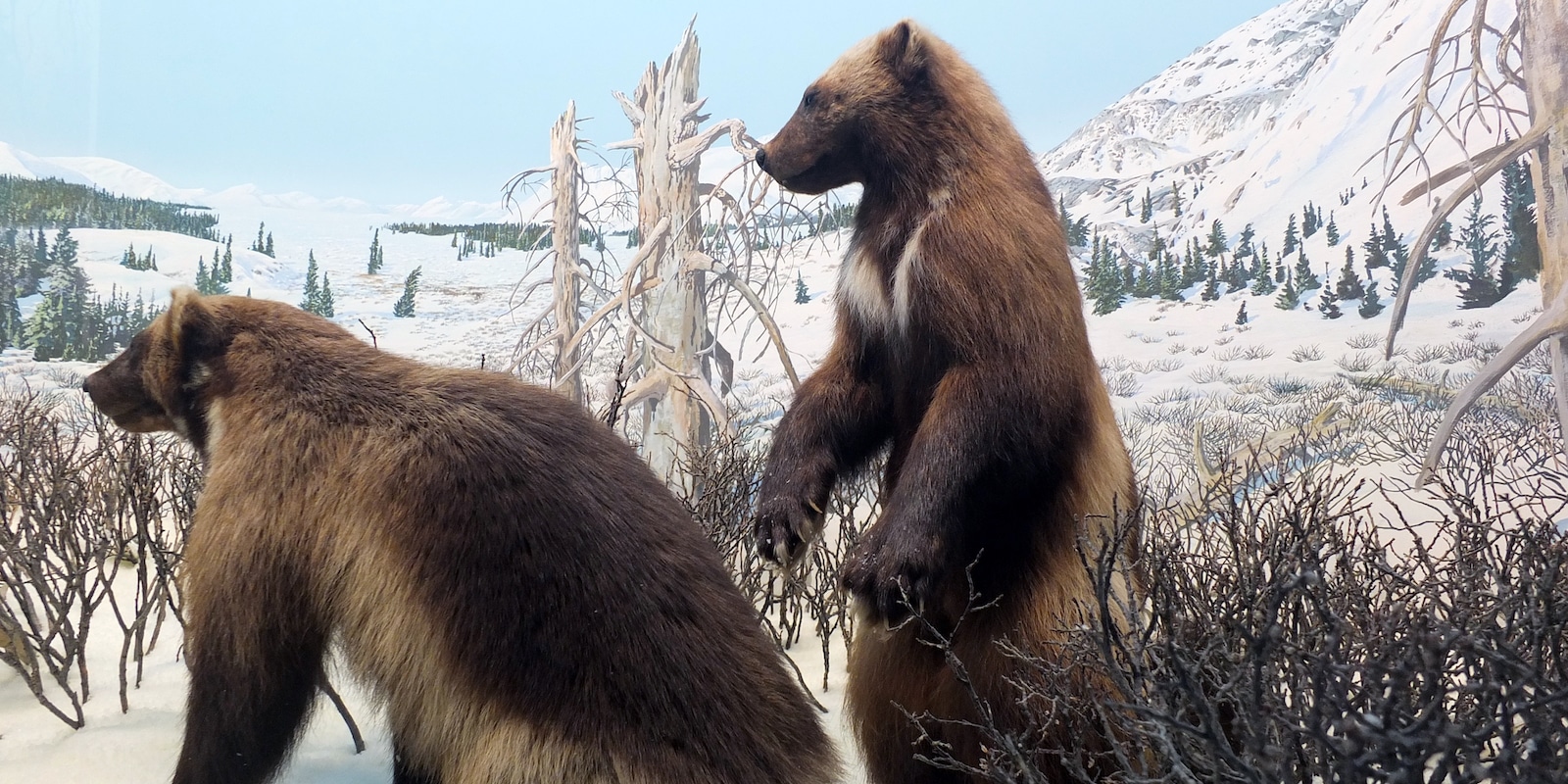Is Colorado home to wolverines? Not usually, but some say things are changing.
While there have been a few unverified sightings over the years, there has only been one documented wolverine found in Colorado in the last one hundred years. This happened in 2009, 90 years since the last one.
Colorado’s wolverine legacy

According to Colorado Parks & Wildlife, there was once a wolverine population in Colorado, but the animals never lived here in large numbers. The last confirmed record of a wolverine living in Colorado dates back more than a century to 1919. However, in 2009, the unthinkable happened when an animal that was being tracked from Grand Teton National Park made its way all the way down to north central Colorado.
The wolverine known as M56 was in search of a mate and found around 11,000 ft. He made his journey in less than a month from Wyoming, and spent a couple of years here, before trekking northeast to North Dakota. With ranges of around 500 square miles, a solitary wolverine covers vast distances, especially considering their size of around 30 lbs, up to 40. They prefer terrain alpine around timberline.
Wolverines have been wiped out from Colorado for a long time, but there is some discussion about bringing the animals back to the state. Colorado Parks & Wildlife claims that because these animals require so much habitat, the alpine regions of the state can only host about 100 wolverines. The agency has helped reintroduce other animal species to Colorado, including deer, elk, bighorn sheep, river otters, turkeys, and cutthroat trout.
However, some believe wolverines will eventually make Colorado their home again without human intervention. According to the Colorado Sun, the animals have been slowly regaining lost territory in the southern Rocky Mountains, and are expected to show back up in Colorado and Utah within four to five decades by some estimations.
Wolverines aren’t currently in Colorado, but the 2009 sighting of a male in the state is a reminder of the fact that these fascinating animals once live here. And if they maintain their slow march back southward from Canada, Montana, Idaho, and Wyoming, they might just become a regular fixture in the state once again.


 Colorado’s Growing Population
Colorado’s Growing Population